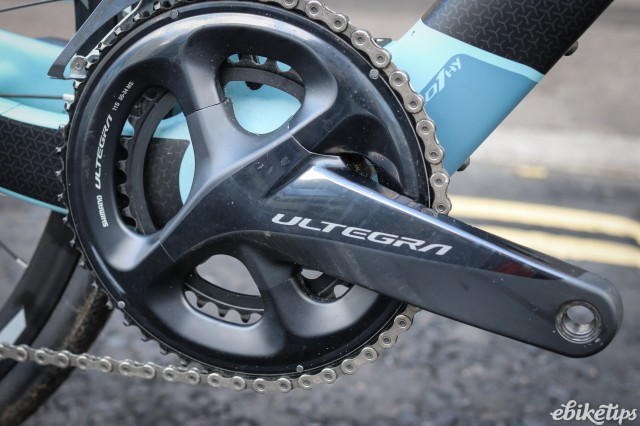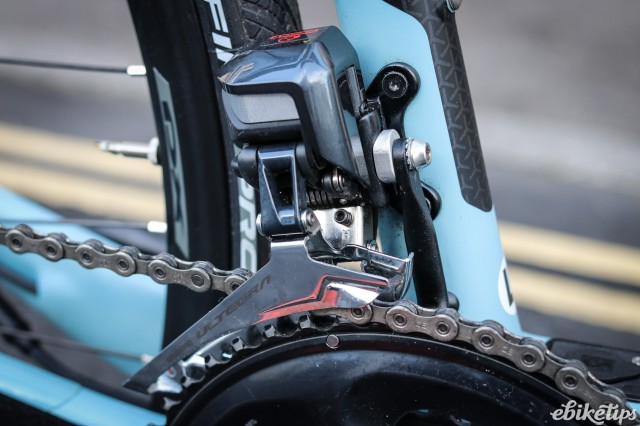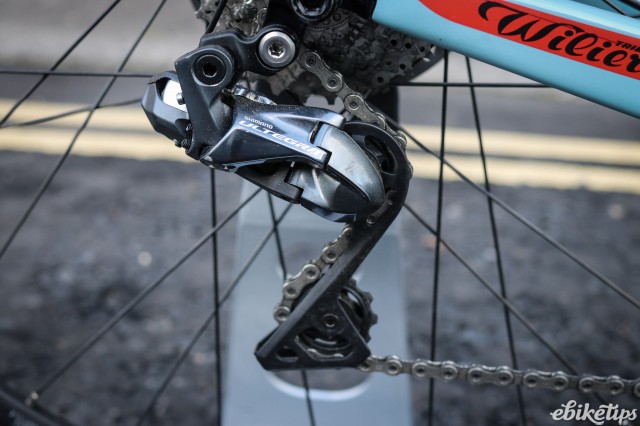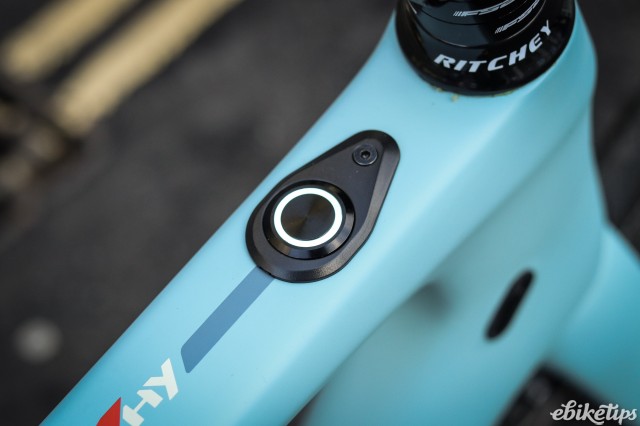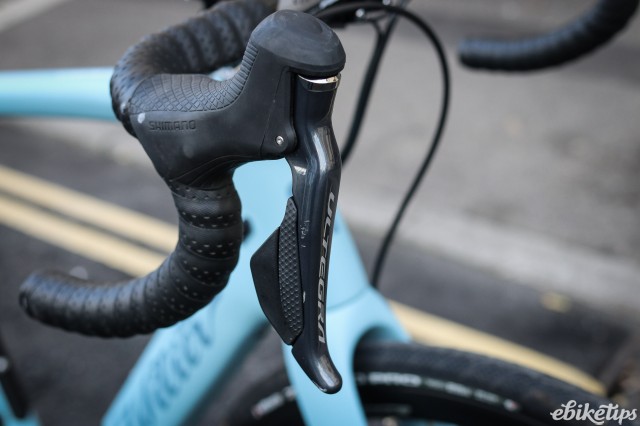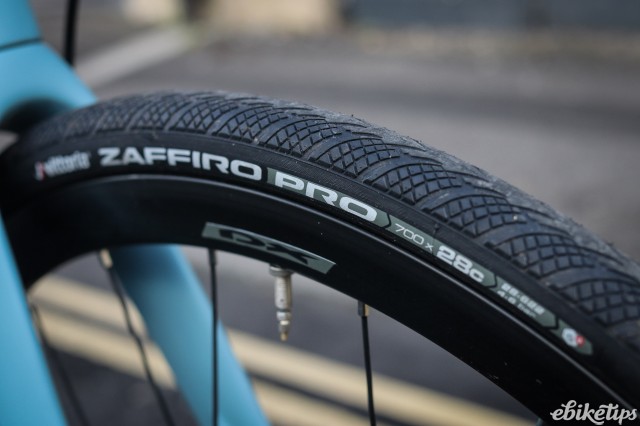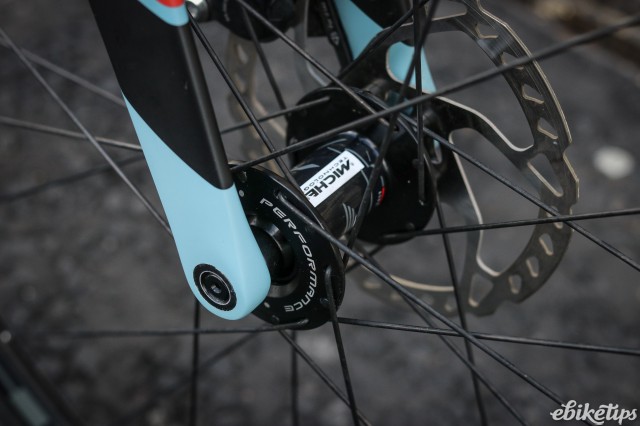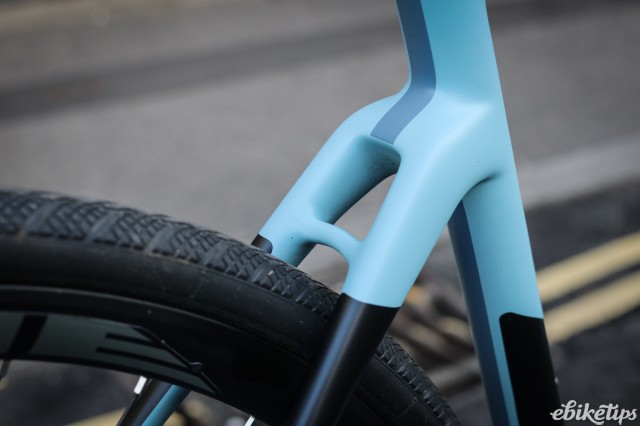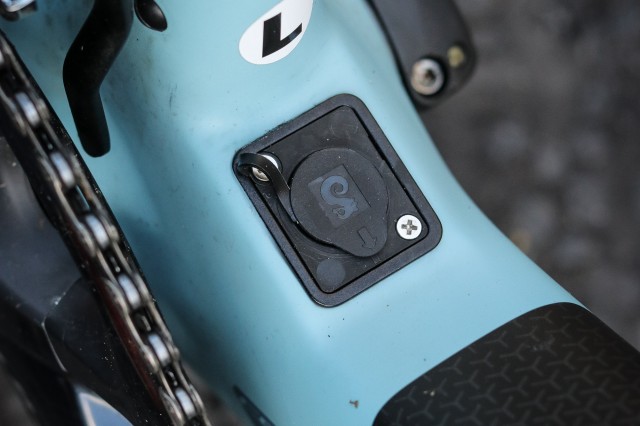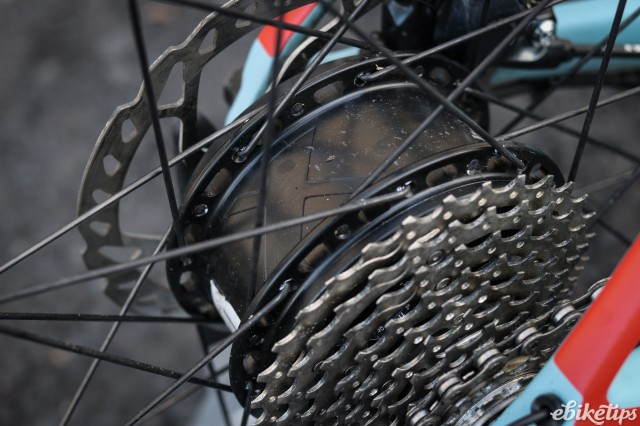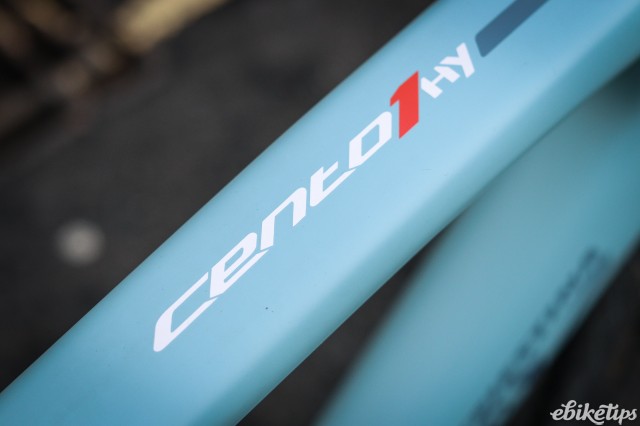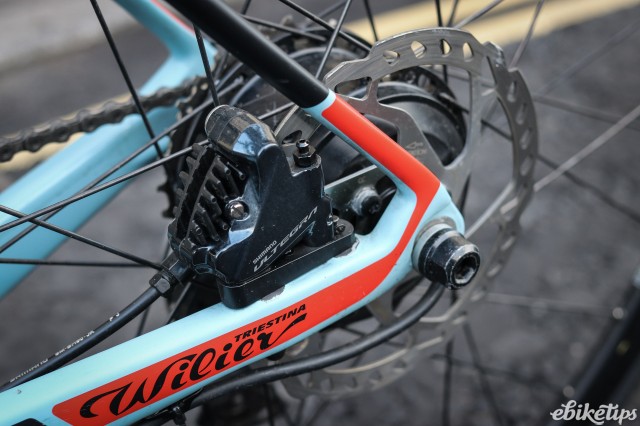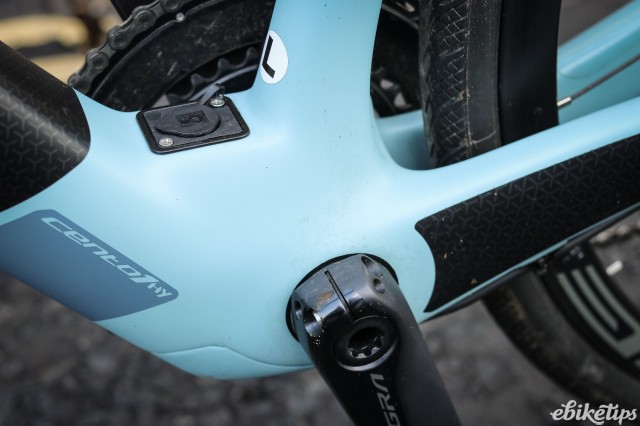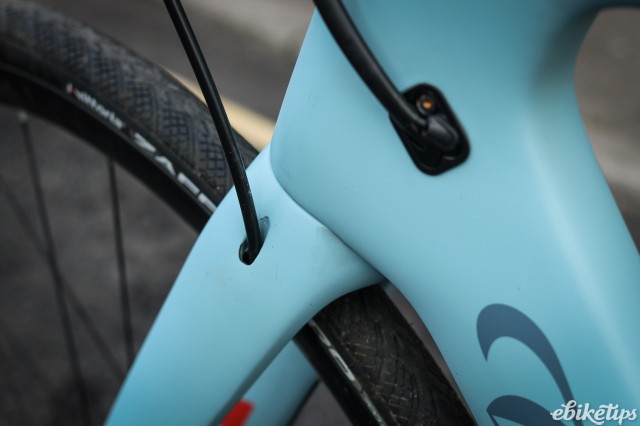Wilier Cento1 Hybrid
Overview
- Great looks
- Light weight
- Fun to ride with the motor on and off
- Charging port vulnerable to water
- Fairly expensive
Wilier claims its Cento1 Hybrid is a “true racing bike with pedal assistance”, and it does a very good job of being exactly that. It’s light enough to be fun to ride, with useful power on tap when you need it... or just want it.
I’ve tried a few ebikes over the years now, but those have all been transport-oriented bikes: hybrids with some sort of load carrying capability. I’ve never tried anything like this; an e-bike that’s actually a thrill to ride! I’ve often wondered what sort of difference a racy e-bike would make to my commute. I’m a part-time consultant and part-time tree surgeon, who loves cycling of course... and used to do a lot more of it, before I started on the tree surgeon career change! The office job isn't that far away, but it’s a proper hilly commute through Somerset on the lanes. After a couple of days swinging in trees, I can hardly ever muster the energy to ride to the office the next day.
Would pedal assistance make all the difference then? It turns out it does. You see, this is a great bike. It gives you all the fun that comes with riding a proper racing bike, without having to put in much of the effort. You can soft-pedal up all but the steepest hills, and even those are made pretty easy by this bike.
If you do want to make an effort up the hill, then you can indeed go very fast; as long as you stay below 15mph that is, because any faster than that and assist switches itself off as per the UK's legal regulations on e-bikes. Just for fun, I gave it the beans, on full assist, up one of my local hill climbs. I know this hill fairly well, it used to be my favourite pain cave for hill repeats in my triathlon and time trialling days. According to Strava, I used to dip just below 5 minutes. On the e-bike? 3:18! Still, not quite enough assist to trouble the fastest time; for that I’d have to knock another 40 seconds off.
Point the bike downhill, and all that Wilier pedigree and design know-how comes out to play. It feels as exciting and confidence-inspiring as my Cannondale CAAD 10 to ride downhill, and that’s definitely the bike I’ve been happiest to push the envelope over Alpine descents on.
Even though at 12.5kg this e-bike gets into touring bike weight territory, it’s no slouch on the flats. As long as there’s no uphill, and you’re not trying to sprint or accelerate quickly, that extra weight isn't hugely noticeable, and you can fly along on the drops quite happily. Without some sort of device to tell you how fast you’re going, it’s actually difficult to tell whether you’re still using the assistance or not.
The Cento1 Hybrid doesn't have an aggressive position; the geometry is based around the Cento1NDR endurance range. Since it’s not designed for actual racing, and the assist is on offer for dealing with headwinds, it’s fair to assume being aero is not an important requirement for this bike’s target audience. Being comfortable is, and the geometry, tyres and that lovely carbon frame and forks worked together to smooth out the potholed lanes on my commute.
The ebikemotion motor on this bike is in the rear hub, and between the disc rotor and the cassette you'd barely notice it. Pretty much all the other bits on the bike are standard components. The battery is hidden in the downtube, and so it isn't immediately obvious that it's an e-bike. Most of my (non-cycling) friends where pretty surprised when I told them it had a motor. The motor system adds about 3.7kg to the bike overall.
There are three levels of assistance, controlled by a button on the top tube near to the stem. The button displays the colour white when it's just your legs, then it cycles through green and orange to red, the latter being the maximum level of assistance.
When the electrical gubbins are switched on, an LED light on the button tells you how much battery life is left. White means up to 75%, green between 50% and 75%, orange between 25% and 50%, and red means you’d better be nearly home! Hit the button once and you’re in assist level selection mode. It's easy enough to operate, even with winter gloves on.
The charger connects to a charge port just above the bottom bracket, where the seat and downtube meet. The manual says that the bike really doesn’t like water in the charging port. I’d have liked to have seen the charging port maybe not pointing up vertically from the bottom bracket, which I reckon is the perfect place for water and other detritus to collect. There is a cap that supposedly seals the charging port, but as the charging port is inset into the frame I have a suspicion that it might not be able to do the job forever in real-world conditions. Having said that, I didn’t have any problems in the month or so I had the bike, and I certainly didn’t hold back in getting it dirty or wet.
Once the battery is charging, the light on the button goes from flashing red, through orange and green until it’s steady white, at which point it’s fully charged.
If you like your tech, you can also hook the bike up to the ebikemotion app, available for iOS and Android. It connects to the bike via Bluetooth, and you get better information on battery life. It also allows you to record rides and navigate. The app even has an auto-assist function, for which you need a compatible heart rate monitor. The assistance kicks in when your heart rate reaches a certain point, and while I didn’t have one to hand to try this out it's a potentially useful additional feature.
We’ve tested other bikes on eBikeTips that use the same app, and it’s a pretty solid performer. Beyond checking that the bike is happy to connect to my phone, I didn’t play around with the app too much. As a reviewer, I’m going to assume that how well this app works isn’t a deal-breaker. If you can afford this bike you can probably also afford whichever GPS device takes your fancy, so I've stuck to talking about the performance of the bike first and foremost.
The Cento1 Hybrid is available in the UK in two builds. For £4,199 you get a Shimano Ultegra mechanical transmission, and the bike I tested, with Ultegra Di2 gearing, is £5,199. This is a high quality build, and the Shimano Ultegra Di2 electronic gearing was faultless as ever. Shimano's hydraulic discs are confidence-inspiring in all weathers and on all surfaces. The Miche wheels are dependable if a little on the heavy side. Obviously with a rear hub motor, swapping out the wheels isn’t an easy job.
£5,199 is a lot of money, but this is a great bike. There are cheaper options out there, but not with quite the same pedigree. For example, Ribble do an e-bike with Ultegra DI2 and the same ebikemotion X35 hub for £4k. There are also more expensive options out there too, like the Pinarello Nytro that we’ve just reviewed. That bike uses the Fazua motor system, which is comparable in terms of power but builds into a slightly heavier bike as it’s around a kilo heavier than the ebikemotion system. Back-to-back on a climb the Wilier was slightly quicker for me. Both offer a composed, comfortable ride and high-quality build though.
Would I buy one? If I had that kind of money to spend on a bike, and I was commuting to the office every day, it probably wouldn’t be quite right for me. I’d want something with mudguards, and better able to withstand abject weather; but that says more about me, and my particular requirements, than it does about the bike. If you're looking for a bike to enjoy road riding, that feels like a road bike but you want some assistance, then I can certainly recommend it. The Cento 1 Hybrid should definitely be on your shortlist.

